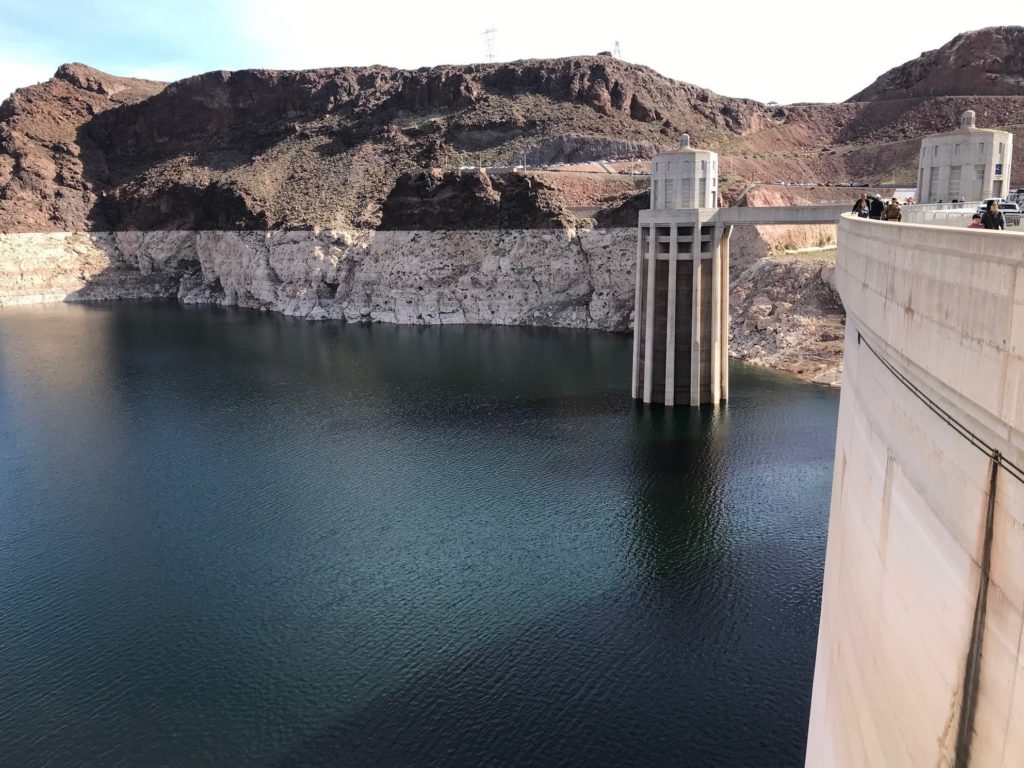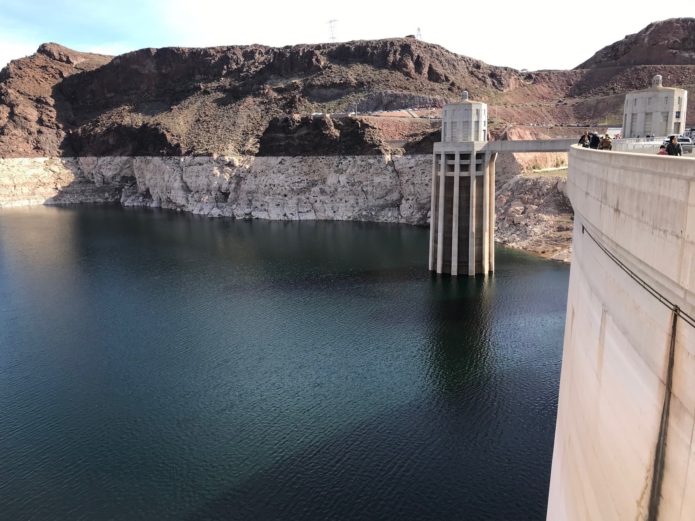
Photo Courtesy of the San Diego County Water Authority
During these challenging times when so many are affected by the Coronavirus, it becomes even more critical that essential services are there to meet community needs. One of those essential services is the availability of water. With so much attention focused on the pandemic, it might be easy to forget that the Colorado River Basin—which most of Southern California depends upon for some or all of its water—is still facing the hardship of a prolonged drought. For those who work in water that means there is a need to be constantly vigilant about the status of the river, in particular, the elevation of Lake Mead, the reservoir from which California’s river supplies flow.
In good news, Lake Mead’s elevation recently hit its highest point since 2014. This occurred even as the river is continuing to face dry conditions this year, just as it has since this prolonged drought began in 2000. So, while it is a concern that there seems to be no end to the drought in sight, the lake’s elevation has improved and there has been a combination of measures on the river that are making a difference.
The Drought Contingency Plan (DCP) is one such measure. Though not without controversy, the DCP is already having an impact on the river and has become part of the Bureau’s river accounting and operations. Finalized in 2019, the DCP’s goal is to prevent Lake Mead from reaching critically low elevations by requiring contributions of water to the lake upon its decline to specified trigger levels. While Arizona and Nevada are already fulfilling DCP commitments, California is not responsible for DCP contributions until Lake Mead falls below elevation 1,045 feet. According to the Bureau’s most recent projections, it is very unlikely the reservoir would reach that elevation in the next five years. The Bureau’s projections also indicate there is no chance of a shortage declaration on the river in 2021, and a reduced chance of such a declaration over the next five years.
Another factor positively impacting the river is that water use in California reached a record low in 2019 and that comes, at least in part, as water agencies take key steps to conserve water. It must not be overlooked that Southern California water agencies have taken a leading role in conserving water through the Quantification Settlement Agreement, a pivotal set of agreements signed in 2003 to reduce California’s use of the Colorado River back down to its historic allotment of 4.4 million acre-feet. The cornerstone of the QSA is the Water Transfer Agreement between the Imperial Irrigation District and the San Diego County Water Authority, where the Water Authority is funding both system and on-farm conservation in the Imperial Valley. In 2021, the transfer ramps up to its full amount of 200,000 acre-feet per year.
One more crucial measure that has benefited the Colorado River Basin is that California achieved a record storage volume in Lake Mead in 2019. That’s key as continued use of the Lake Mead storage program in the years ahead will help keep the lake above shortage trigger elevations. The San Diego County Water Authority believes it can have a strong role in the storage program and is working to gain the ability to participate in the program.
What this all means is that while there continues to be sobering news from the Bureau on the ongoing drought, there is also reason to take heart as agencies work together to prevent a shortage declaration, and so far those efforts are proving successful. But, there clearly are challenges ahead, and the future of the river is something that all states that depend on the Colorado River must watch, especially in these difficult times when the public needs to know it can count on essential services, like having water available. We all must be vigilant and collaborate where we can, and it should be noted that such collaboration on the river should include ensuring the Salton Sea (essentially, the endpoint of the river) is protected.
